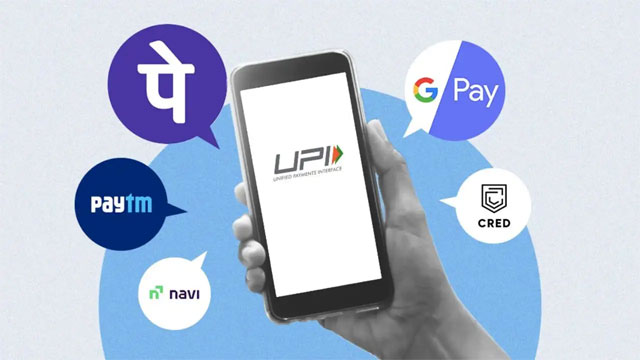Daijiworld Media Network – New Delhi
New Delhi, Aug 2: Starting August 1, 2025, the National Payments Corporation of India (NPCI) has rolled out a set of new UPI (Unified Payments Interface) regulations aimed at improving user experience and reducing fraud across digital payment platforms like Google Pay, PhonePe, and Paytm.
These changes follow a circular issued by NPCI on May 21.
NPCI has stated that failure to comply with these guidelines could result in penalties, restrictions on UPI APIs, or suspension of new customer on-boarding for the service providers.

These changes are designed to streamline UPI functionality, ensure transparency, and enhance overall security for millions of digital payment users in the country.
Key highlights of the new UPI rules:
1. Bank balance enquiry limit:
Users can now check their bank balance a maximum of 50 times per day through any UPI app. To reduce pressure during peak hours, apps may limit or temporarily pause balance enquiry requests. Additionally, the available balance will now be visible with every transaction.
2. Auto-payments restricted to non-peak hours:
Recurring payments like subscriptions or bill payments will only be processed during off-peak times — before 10 am, between 1 pm and 5 pm, or after 9:30 pm. If a scheduled auto-payment falls outside these windows, it may be delayed or retried. If unsuccessful after multiple attempts, the transaction will be cancelled.
3. Bank details access capped:
Users will now be allowed to view bank details linked to their mobile number only 25 times per day. These checks can be made only after manually selecting the issuing bank within the UPI app.
4. Faster transaction status updates:
Previously, users often faced uncertainty when payments were debited but not credited. With the new rules, such pending transactions will now be updated within seconds. Users can check the payment status only three times per transaction, with a mandatory 90-second gap between each attempt.
5. Recipient name display before transfer:
To prevent mistaken or fraudulent transfers, the recipient's registered name will be displayed before confirming a transaction. The name will be shown along with the transaction ID.